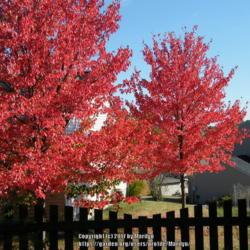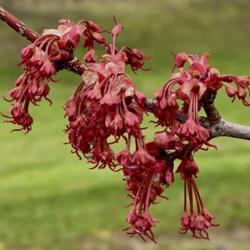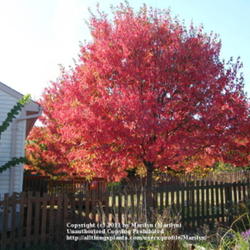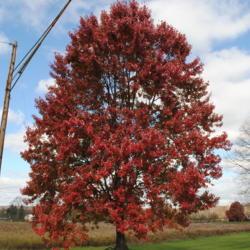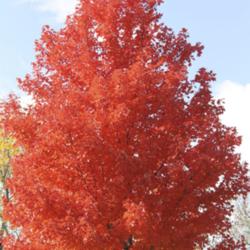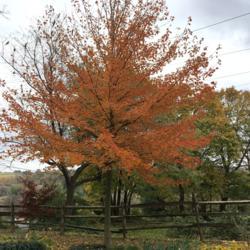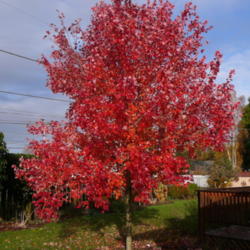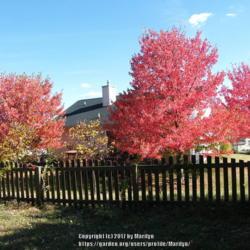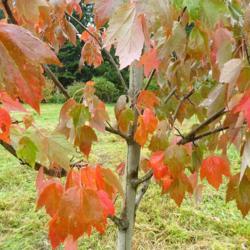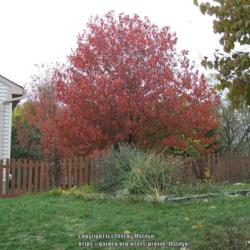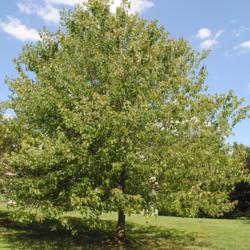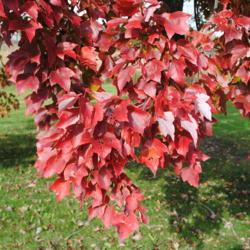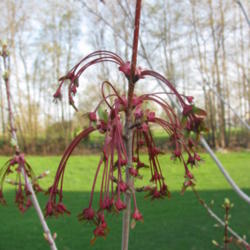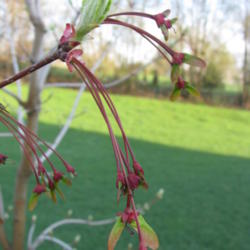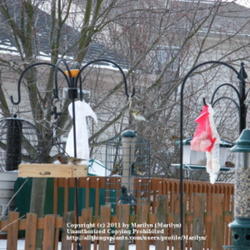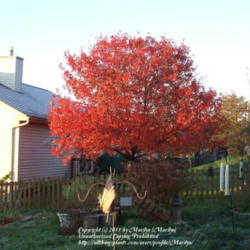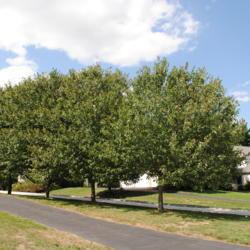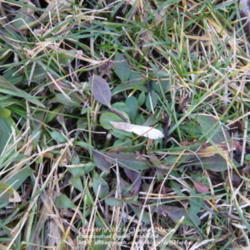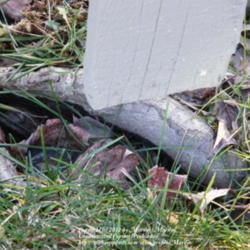| Plant Habit: | Tree |
| Life cycle: | Perennial |
| Sun Requirements: | Full Sun to Partial Shade |
| Water Preferences: | Mesic |
| Minimum cold hardiness: | Zone 3 -40 °C (-40 °F) to -37.2 °C (-35) |
| Maximum recommended zone: | Zone 9b |
| Plant Height: | 40-50 feet |
| Plant Spread: | 30-40 feet |
| Leaves: | Good fall color Deciduous Other: In the fall, orange-red foliage color. Quality of fall color on species plants can be quite variable from year to year. RED SUNSET is one of the best red maple cultivars available in commerce, with outstanding orange to red fall color (quality more reliab |
| Flowers: | Showy |
| Flower Color: | Red |
| Flower Time: | Other: Late March to early April |
| Suitable Locations: | Street Tree |
| Uses: | Shade Tree Water gardens |
| Pollinators: | Wind |
| Awards and Recognitions: | RHS AGM |

